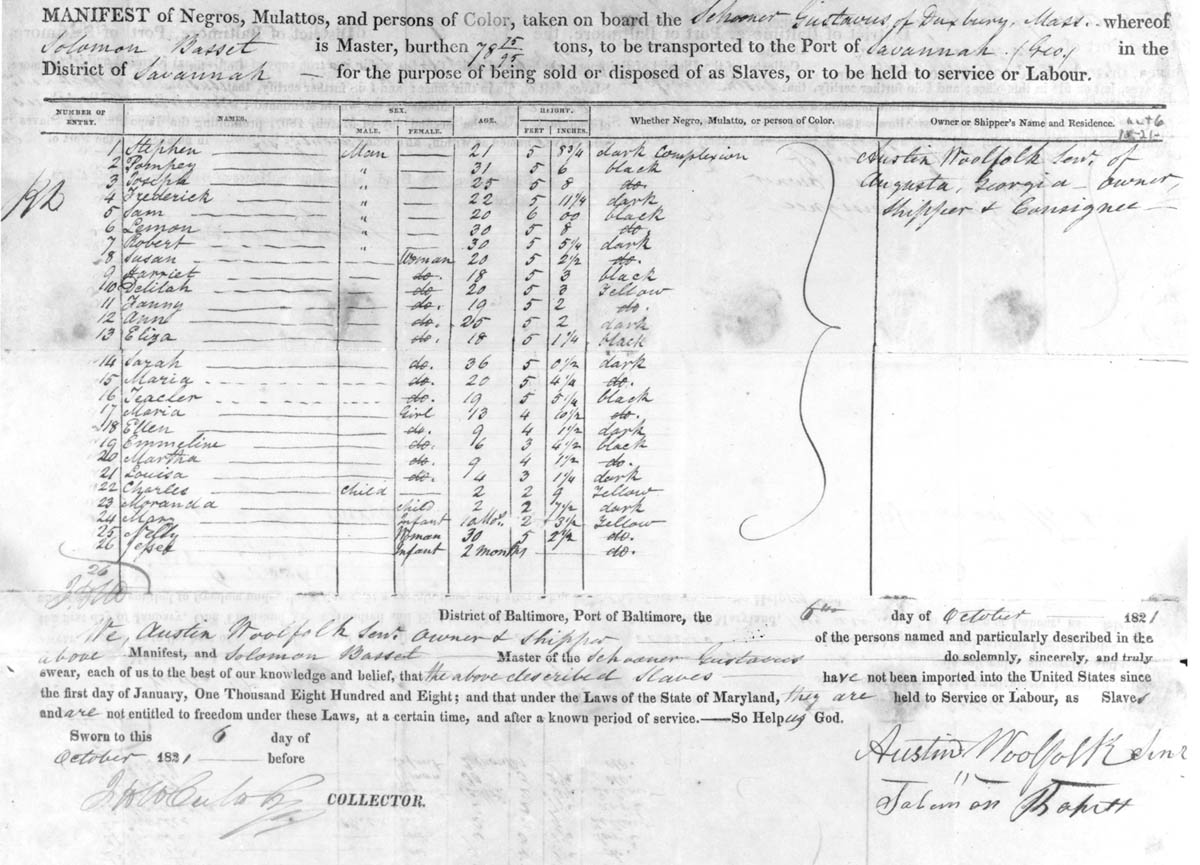The Covenant with Death and How It Was Made
Winter 2000, Vol. 32, No. 4
By Paul Finkelman
© 2000 by Paul Finkelman
The abolitionist William Lloyd Garrison thought the U.S. Constitution was the result of a terrible bargain between freedom and slavery. Calling the Constitution a "covenant with death" and "an agreement with Hell," he refused to participate in American electoral politics because to do so meant supporting "the pro-slavery, war sanctioning Constitution of the United States." Instead, under the slogan "No Union with Slaveholders," the Garrisonians repeatedly argued for a dissolution of the Union.1
Part of Garrison's opposition to continuing the Union stemmed from a desire to avoid the corruption that came from participating in a government created by the proslavery Constitution. But this position was also at least theoretically pragmatic. The Garrisonians were convinced that the legal protection of slavery in the Constitution made political activity futile, while support for the Constitution merely strengthened the stranglehold slavery had on America. In 1845 Wendell Phillips pointed out that in the years since the adoption of the Constitution, Americans had witnessed "the slaves trebling in numbers—slaveholders monopolizing the offices and dictating the policy of the Government-prostituting the strength and influence of the Nation to the support of slavery here and elsewhere—trampling on the rights of the free States, and making the courts of the country their tools." Phillips argued that this experience proved "that it is impossible for free and slave States to unite on any terms, without all becoming partners in the guilt and responsible for the sin of slavery."2
The Garrisonians believed that if they worked within the political system they were merely spinning their wheels, spending their money and time on a cause that was doomed. The Constitution was proslavery, the national government was controlled by slaveowners, and politics was a waste of time. A quick look at the presidency underscored their view. From 1788 until 1860, only two opponents of slavery, John Adams and John Quincy Adams, held the nation's highest office, and for only a total of eight years. On the other hand, slaveowners held the office for fifty of these seventy-two years, and doughfaces-northern men with southern principles—like James Buchanan and Franklin Pierce—held it the rest of the time.
This did not surprise the Garrisonians, who understood that the Constitution was heavily influenced by slaveowners. The Garrisonians did not necessarily see the Constitution as the result of a deliberate conspiracy of evil men; rather, they understood it to be the consequence of political give-and-take at the Convention of 1787.
Thus, in The Constitution A Pro-Slavery Compact; or, Selections from the Madison Papers, Wendell Phillips analyzed "that 'compromise,' which was made between slavery and freedom, in 1787; granting to the slaveholder distinct privileges and protection for his slave property, in return for certain commercial concessions upon his part toward the North." Phillips argued that "the Nation at large were fully aware of this bargain at the time, and entered into it willingly and with open eyes."3 Phillips both exaggerated and understated the nature of the relationship between slavery and the Constitution. Certainly, some of those at the Convention "entered into" the bargain with great reservations, and many at the ratifying conventions may not have seen the full extent of the "bargain." On the other hand, the bargain involved more than commerce and slavery; it concerned the very creation of the Union itself. Both the text of the Constitution and the debates surrounding it help us understand that the "more perfect Union" created by this document was in fact fundamentally imperfect.
Slavery in the Constitutional Structure

No comments:
Post a Comment